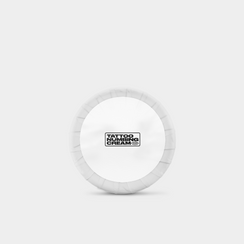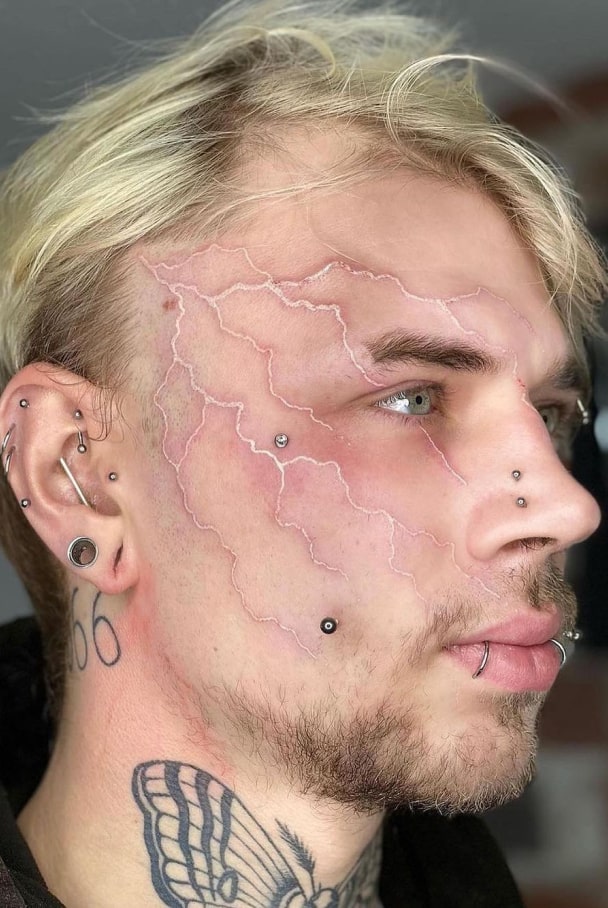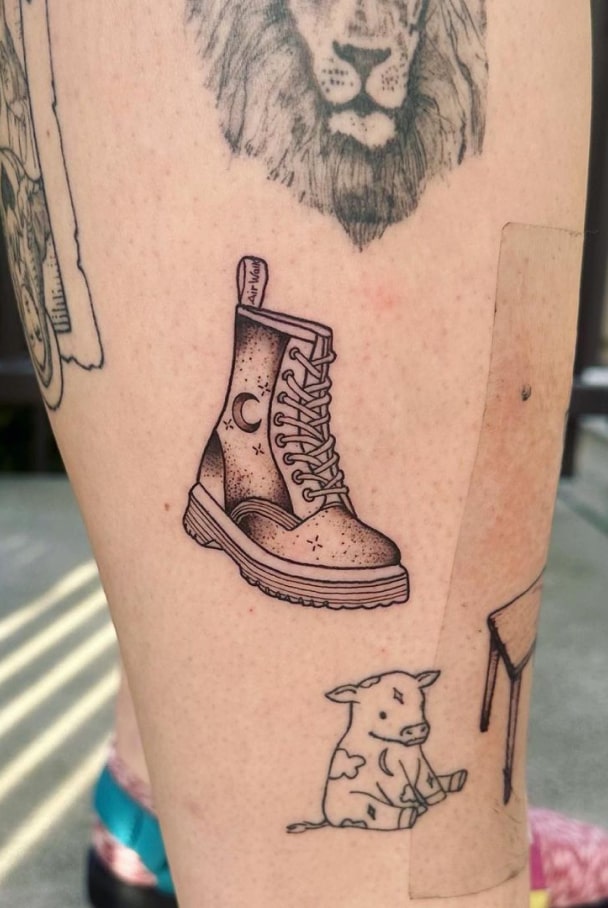Mehndi, also known as henna, is an ancient art form deeply rooted in cultural traditions across South Asia, the Middle East, and parts of Africa. While it may not be a permanent tattoo in the traditional sense, Mehndi holds a significant place in the world of body art. This temporary yet intricate design has captivated the hearts of many, especially during celebrations like weddings and festivals. Over the years, it has evolved into a popular fashion statement across the globe.
In this blog, we’ll explore the rich history of Mehndi, its cultural significance, how it compares to modern tattoos, and why this art form continues to thrive in today’s tattoo-loving world.
The Origins of Mehndi
Mehndi has been used for over 5,000 years. Its origins can be traced to ancient Egypt, where it was used to dye the hair and nails of pharaohs. However, it was in India where Mehndi found its true home and became a celebrated art form. The application of Mehndi is believed to bring good fortune, luck, and beauty, especially during major life events such as weddings.
The term “Mehndi” refers to the paste made from the dried leaves of the henna plant. The leaves are crushed into a powder, mixed with water, and applied to the skin using a cone or brush. When the paste dries, it leaves behind an orange-red stain that gradually darkens to a deep brown over the course of a few days.
Mehndi as Body Art
Though Mehndi is temporary, its use as a form of tattooing cannot be overlooked. Just like permanent tattoos, Mehndi is applied to the skin to convey personal expression, religious beliefs, or cultural pride. It is meticulously designed with intricate patterns, often with symbolism rooted in spirituality, love, and protection.
Unlike permanent tattoos, however, Mehndi is painless and fades naturally over time, typically lasting from one to three weeks. This makes it an attractive option for those who wish to adorn their body with beautiful art without the long-term commitment of a tattoo.
Mehndi designs vary from culture to culture. In Indian tradition, the designs are often floral and paisley patterns, while in Middle Eastern cultures, more geometric and abstract designs are common. African designs tend to be bold and feature large, solid shapes.
The Ritual of Mehndi
One of the most celebrated uses of Mehndi is during wedding ceremonies. In Indian and Pakistani cultures, the “Mehndi night” is an important pre-wedding event where the bride, and often the groom, have intricate designs applied to their hands and feet. These designs symbolize joy, beauty, and spiritual awakening as they prepare for their new life together.
The bride’s Mehndi design often contains hidden elements, such as the groom’s name, and it is said that the darker the Mehndi appears, the stronger the marriage will be. The application process is often a social gathering filled with music, food, and laughter, turning the act of applying Mehndi into a celebration in itself.
In Morocco, Mehndi is applied to mark religious holidays and is believed to protect against evil spirits. Similarly, in the Middle East, Mehndi is used during Eid celebrations as a way to symbolize joy and new beginnings.
Mehndi vs. Modern Tattoos
While Mehndi and modern tattoos both serve as forms of self-expression, there are key differences between the two. The most obvious distinction is that Mehndi is temporary, while tattoos are permanent. This fundamental difference makes Mehndi a more accessible and non-invasive option for those hesitant to commit to a lifelong tattoo.
Another key difference is the cultural context. While tattoos have historically been associated with rebellion, identity, or tribal customs, Mehndi is almost always tied to religious or cultural celebrations. Tattoos are often individualized, with meanings that are personal to the wearer, whereas Mehndi designs are typically more communal, passed down through generations and shared during significant life events.
Moreover, while tattoos can be applied to any part of the body and take various forms from minimalist to photorealistic designs, Mehndi is most commonly applied to the hands and feet. Its patterns are traditionally symmetrical and repetitive, with intricate line work that covers large portions of the skin.
However, despite these differences, Mehndi and tattoos share a common thread: they both empower individuals to tell stories through art, using their bodies as the canvas.
The Growing Popularity of Mehndi in Modern Culture
In recent years, Mehndi has surged in popularity beyond its traditional roots. With the rise of festivals like Coachella and an increasing fascination with cultural fusion, Mehndi has become a fashion statement for people of all backgrounds. Temporary henna tattoos are now a common sight at music festivals, cultural events, and even casual social gatherings, where people apply designs for their beauty and symbolism.
Celebrities like Madonna, Beyoncé, and Kylie Jenner have been spotted wearing henna designs, further pushing Mehndi into the global spotlight. For many, Mehndi offers a way to engage with body art without the permanence or pain of a tattoo, making it a versatile choice for those looking to experiment with their look.
Henna Safety and Ethical Considerations
While Mehndi is generally safe, there are important safety precautions to keep in mind. The henna used in Mehndi is typically natural, but some artists use “black henna,” which contains harmful chemicals like para-phenylenediamine (PPD). This can cause allergic reactions and should be avoided. Always ensure that your henna artist uses 100% natural henna to avoid any skin irritation or health issues.
Additionally, as Mehndi gains popularity in the Western world, it's important to respect its cultural significance. While anyone can appreciate and enjoy Mehndi designs, it’s crucial to honor the traditions and rituals that have shaped this art form over thousands of years.
Conclusion
Mehndi may be temporary, but its cultural and artistic impact is anything but fleeting. As a beautiful form of body art, Mehndi bridges the gap between tradition and modernity, allowing individuals to celebrate life’s milestones, express their individuality, and connect with an ancient practice that has stood the test of time. Whether worn during a wedding or casually as a summer fashion statement, Mehndi remains a beloved and timeless tattoo tradition.








